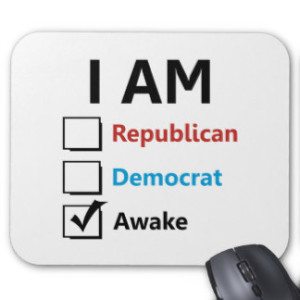We can all agree that nothing happens in a dream. Most dreams are classified as anxiety dreams – we dream about what we worry about. More than once we have all awakened and realized with a sense of relief that we have been dreaming and all those worrisome thoughts were about something that wasn’t real.
Any hack can flippantly suggest that all of human life is a dream, that nothing ever happens, that nothingness is real and all of our somethingness is unreal, a dream.
If everything is mind alone, all of life is just a sequence of thoughts, one after the other. Every human’s thoughts get mixed in with the thoughts of other humans, and the result is a consensus that we all see the world pretty much the same way, and we all agree that we live on a planet having gravity that holds things down, that the planet orbits fortuitously in the Goldilocks zone of a stable star, that the power created by explosion of gasoline in mist form can be harnessed to move vehicles, and so on.
When a hack thinker announces that our life is just a dream, just like our night-time dreams, we rightfully reject such an obvious theory, a theory presented with no evidence to support it. As Carl Sagan was fond of repeating, extraordinary claims require extraordinary proof.
The Buddha provided that extraordinary proof to his extraordinary claim.
If we put mindfulness in front of us, as counseled by the Buddha, and practice the sixteen steps he outlined in the Anapanasati Sutta, thereby developing “super power mindfulness” (Ajahn Brahm), and then turn that super power mindfulness onto a Zen koan, followed by another koan and so on until at least some degree of awakening occurs, the mind will wake up from the human dream and we will realize that our night-time dreams were dreams within a dream, and that nothing had really happened prior to our awakening.
Those who have awakened speak unanimously of the great feeling of relief they experienced as they woke up and realized that human life was a series of thought-moments, and that each and every one of those thought-moments was ephemeral, unreal, without a self and not a “something” as had been supposed when the mind was ignorant of the truth.
The truth that there is nothing is the truth that sets us free. No Buddha, no Buddha nature, no anything, not even a truth that sets us free. Absolute emptiness is absolutely empty; ignorance is not knowing that and wisdom is knowing that.
We conclude with a call for action. We can learn how to develop super power mindfulness as taught by the Buddha and as translated into modern terminology by Ajahn Brahm in Mindfulness, Bliss and Beyond and Venerable U. Vimalaramsi in The Anapanasati Sutta, and then find a Rinzai Zen Sensei or Roshi to begin koan work, applying the super power mindfulness to each koan as it is assigned to us.
We will discover that the extraordinary claim has extraordinary proof.

